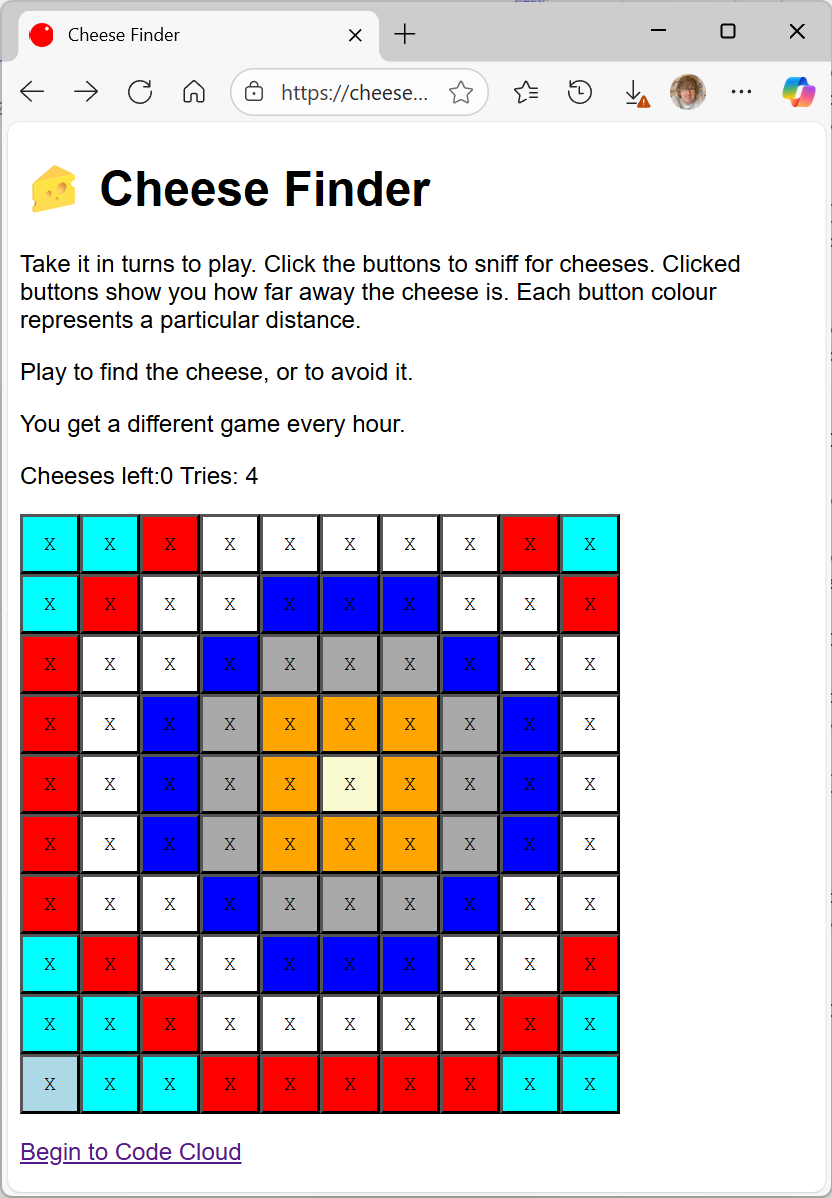I’m liking my Roli Lumi keyboard. It came with some rather nice programs. The Roli Studio Player program links the keyboard to lots of interesting sounds and provides some really nice control options. The Roli Studio Drums application lets you play drums (the clues is in the name).
The programs work on both PC and Mac, or at least they are supposed to. However, they failed to install properly on my MacBook Air. The installation sort of worked, but firing up the applications produced a message that a part of the system was not running. This was annoying because I could actually see the missing component in the filestore. It got even more annoying when number one son turned up with his Mac, installed the software and it worked first time. Wah.
I still feel a bit at sea when I’m trying to understand MacOS. It works OK, but I don’t know it as well as Windows. And, forgive me for saying this, MacOS seems a lot more primitive than Windows 10. Particularly when installing software. There is no well defined way of putting programs onto your system and, equally importantly, getting them off it again. Windows apps have a nice set of installation processes that also contain an uninstall component. Mac apps are installed by dragging them somewhere and then hoping that they will sort themselves out when they run. And if you want to properly remove a Mac app it seems that you have to trawl through lots of folders deleting files that might or might not be part of the installation.
Anyhoo, I digress. The Roli software didn’t work for me, but it seems to work fine for most everyone else. The Roli support people were excellent, but they were a bit hamstrung by the fact that their software worked for them too. In the end number one son fixed it, which was nice. He managed to run the program from the command line, so that he could watch what happened. And he saw this:
[08:47:58.864] [error] { code: 'EACCES',
errno: -13,
message: 'EACCES: permission denied, open \'/Users/robertmiles/Library/LaunchAgents/.com.roli.roliblocksserver.plist.a1040590be279758\'',
name: 'Error',
More importantly, he also knew what it meant. The install process is trying to drop some code into the LaunchAgents folder. This is where MacOS applications put things that they want to have launched at some point in the future. The problem was that on my machine the folder didn’t exist. What the Roli installer should have done is create the LaunchAgents folder and continue, but it didn’t. It fell over leaving things in a mess. This is a horrible bug to spot, in that if you happen to have installed other software on your machine that has created this folder the Roli software will install and run just fine. But if you are me, it breaks.
All we had to do was make a LaunchAgents folder and run the install again. If you are having problems with your Roli installation on your Mac you might want to make the folder. You can work out from the path above where on your system it needs to be put.

















